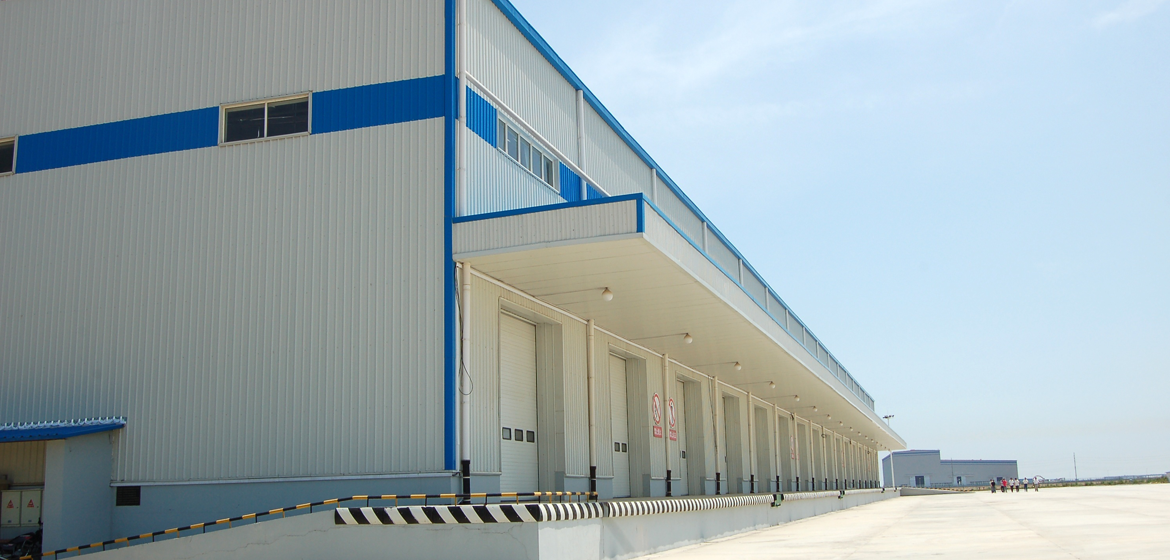Understanding The Types Of Building Envelopes

When it comes to constructing a building, the term “building envelope” is often mentioned, but not everyone fully understands its significance and the different types it can take. The building envelope plays a crucial role in determining a structure’s energy efficiency, aesthetics, and overall functionality. In this article, we will delve into the various types of building envelopes and their distinct characteristics. Whether you are a homeowner, architect, or simply curious about construction, understanding these building envelope types is essential for making informed decisions.
Singular Envelope
The Singular Envelope is the simplest form of the building envelope. In this type, there is a single barrier that separates the interior environment from the exterior. Typically, this barrier consists of materials like brick, concrete, or wood, and it serves as the primary means of insulation and protection against the elements.
Singular envelopes are common in older buildings and traditional construction methods. While they can be cost-effective, they may not offer the same level of energy efficiency as more advanced envelope types.
Double Envelope
The Double Envelope is a step up from the Singular Envelope in terms of energy efficiency. In this design, two separate barriers or layers are used to create a more effective insulation system. The inner layer, often made of materials like drywall or plaster, provides the primary interior barrier, while the outer layer, which can consist of insulation materials, acts as an additional barrier against temperature fluctuations and moisture.
Double envelopes are commonly used in modern construction to improve thermal performance and reduce energy consumption. They offer better insulation and can contribute to lower heating and cooling costs.
Vented Envelope
Vented Envelopes take energy efficiency to the next level by incorporating ventilation systems. These envelopes have an additional layer that allows for controlled air exchange between the interior and exterior. The ventilation system helps regulate indoor air quality and moisture levels while also improving energy efficiency.
Vented envelopes are especially valuable in climates with extreme temperature variations, as they can help maintain a comfortable indoor environment year-round. They are often seen in green building designs and energy-efficient homes.
Pressure-Equalized Envelope
Pressure-equalized Envelopes are designed to withstand strong winds and pressure differentials. They feature a complex system of components that equalize the pressure across the building’s exterior, preventing air and moisture infiltration.
These envelopes are commonly used in tall skyscrapers and buildings located in windy or hurricane-prone areas. Their advanced design ensures the structural integrity of the building and enhances occupant safety.
Transparent Envelope
Transparent Envelopes are a departure from traditional opaque building envelopes. Instead of solid walls, they use glass or other transparent materials to create a visually striking and light-filled interior space. These envelopes are popular in modern architecture, as they allow for natural light to enter the building and provide stunning views of the surroundings.
Transparent envelopes are often seen in office buildings, museums, and residential structures. They offer a unique blend of aesthetics and functionality, although they may require advanced shading and glazing technologies to control heat and glare.
In the world of construction, the building envelope is much more than just walls and roofs; it’s a critical component that influences a building’s performance and appearance. Understanding the different types of building envelopes – from Singular to Transparent – can help you make informed decisions when planning and designing your next construction project.
If you’re interested in optimizing your building’s envelope for energy efficiency or exploring innovative design options, consider consulting with a professional architectural and engineering service. They can provide expert guidance and solutions tailored to your specific needs.
